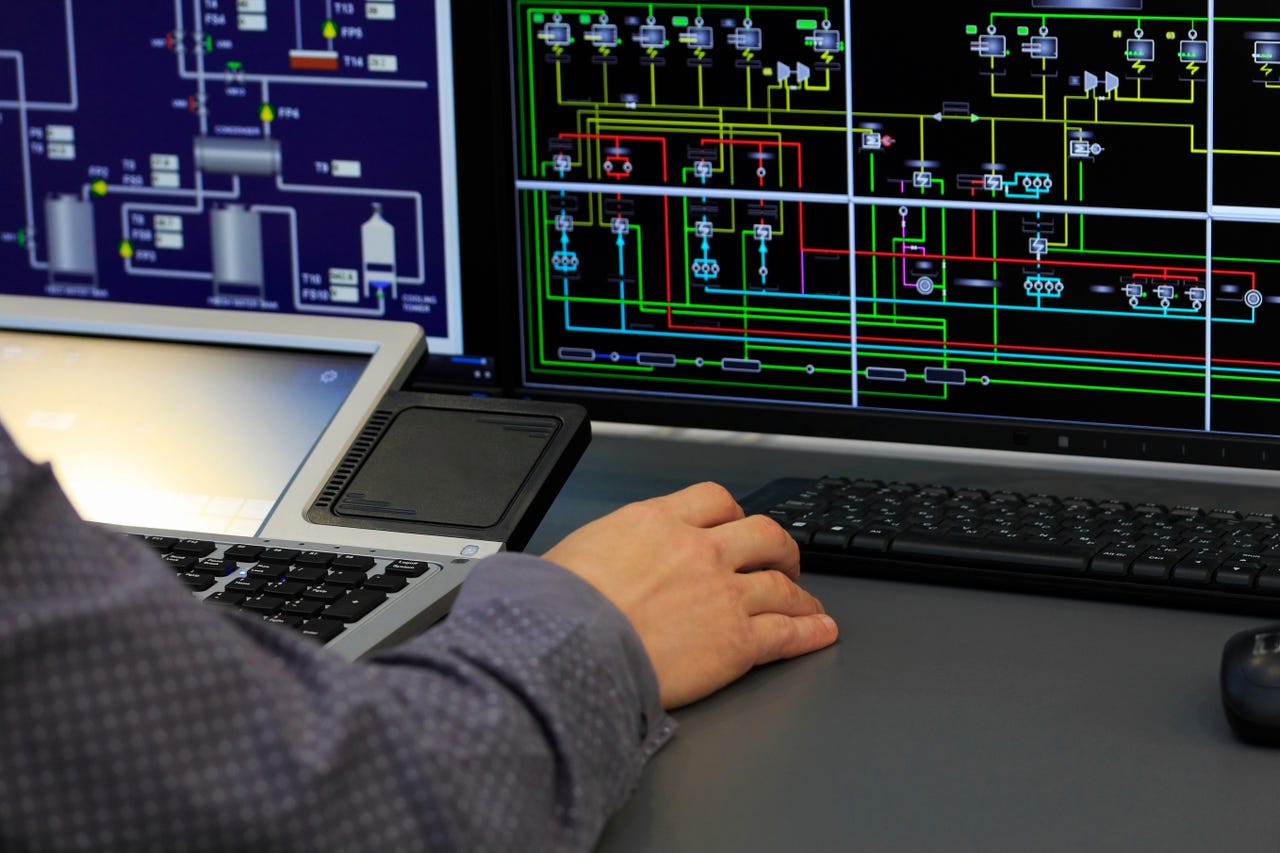IT automation: Where it's working, where it's not


With the growth of mobile devices and the many applications that now support them, IT departments everywhere have witnessed an uptick in requests for new applications at a time when staffing has remained relatively flat. This has prompted the adoption of IT automation that can promote a more rapid development and deployment of new applications. It has also prompted leaders to take a look at other areas of IT that can benefit from automation.
At the same time, moving to IT process automation can be difficult. It requires the rewriting of policies and procedures, vetting these rewrites for governance compliance, reworking workflows in the data center to accommodate the automation, and of course, retraining and/or redirecting IT personnel to work with the automation in their daily routines.
For all of these reasons, a majority of IT departments opt to install automation first in the areas of low-hanging fruit -- areas where the introduction of automation is least painful, and the benefits and the results of this automation can be felt right away.
Where automation works
Here is a look at the areas where a significant number of IT departments have chosen to deploy automation:
Resource provisioning for application development and test
The strain on some of IT's most expensive personnel (e.g. DBAs and system programmers) is keenly felt with the explosion of IT application development workloads. When apps are developed or tested, resources like operating systems, databases and storage must be deployed for developers to build and test. These tasks can be highly repetitive and time consuming. Automating resource provisioning enables the ability to spin up new instances of virtual operating systems, storage and even databases. This reduces the strain on DBAs and system programmers. It also speeds apps to market because the development and test processes are streamlined.
Storage management
Today's data centers run a variety of storage technologies. When real-time or near-real-time access to data is needed, in-memory and/or solid state disk storage are used. At the opposite end of the spectrum is data that is seldom or even never accessed. This data should be stored on cold storage tape or disk drives that are reliable, slow and cheap. Between these two extremes are traditional hard disk drives that host data with average data read and write speeds.
The problems comes with managing all of this data so that the right data gets stored on the right device. For the past 10 years, the IT marketplace has provided an assortment of storage automation solutions that are able to detect and assess the frequency at which data is stored and accessed, and then store the data on the device that is most appropriate for the level of access that is required. This takes a major step out of the daily workload of IT storage professionals, and enables them to focus on more strategic storage concerns.
Distribution of new operating system patches and enhancements
With the growth of bring-your-own-device (BYOD) initiatives and the assortment of desk-based and mobile devices at headquarters and in the field, it has become a daunting task for IT to ensure that all of the devices eligible for a new software or operating system patch or release are updated in a synchronous and consistent way. In the past, IT had to manually perform all of these updates, device by device. Now there is software that can automatically distribute these updates out to the different devices that they apply to. All the end user needs to do is to turn on his or her device and the update is either automatically installed, or the user is prompted to install it. For many IT departments, this has taken the pain out of update release distribution.
POS and self-service kiosks
With a general public that is nimble at computer-based self service, many retailers, banks, airports, government agencies and others have deployed self-service point of sale (POS) and self-service kiosks in the field. The has reduced and in some cases eliminated the number of tellers and salespeople in the field. For over 30 years, self-service has worked effectively with ATM machines, so the technology is proven. From an IT standpoint, most of these self-service machines work on a 'store and forward' principle. In other words, the machines store all daily activity locally, posting it to the central system at night, or in intermittent bursts throughout the day. This update process is also largely automated.
User system signoffs and logging
Leaving internal systems up and open has been major source of security breaches and also energy waste. To combat these problems, automatically signing off a user workstation when it is detected as being idle for over a period of say, 15 minutes, is a good way to ensure that systems are tamped down for only those who are authorized to use them, and that energy is conserved. IT system login functions into databases and systems are also automatically recorded to track user activity. The real-time and batch reports that they automatically produce chronicle usage and are useful for system and network professionals who are charged with monitoring usage and security. Most IT departments, even in small shops, have implemented this tried and proven automation.
Environmental and failure monitoring and failure detection
Maintaining appropriate temperature and humidity in data centers, or any areas where computing equipment operates, is essential to maintaining system uptime and organizational productivity. To this end, most IT departments have sensor-based monitoring deployed to track the environmentals of physical computing environments. The sensors also track and record who is accessing these resources -- and there is even software that can detect a disk drive or a server that is beginning to show signs of wear or failure long before it fails. The cost of system-generated downtime to an organization is enormous, so it isn't hard to show the benefits of deploying this type of IT automation.
System backups and batch reporting
A majority of IT departments now highly automate their nightly processing, including routine system backups and the running of jobs that produce daily reports for end users that these users receive at the start of each new business day. The growth in 'lights out' nightly operations in data centers has in some cases led to a reduction of first-tier operations staff that is employed, largely during the night shift.
Edge computing and network monitoring
With the growth of security and vulnerability threats, there is now an abundance of IT automation that monitors and logs security and daily activity, not only on the company's central network, but at the edges of the enterprise. When a break in security is detected, a site-based sensor automatically sends an alert to central network management staff so they can intervene to either shut down or mitigate the situation. The ability to monitor edge computing beyond the walls of the enterprise has proven to be especially helpful in fields like logistics. Here, companies can insert sensors into food containers or boxes of medicine that need to be kept at certain temperatures and humidities, and that must be tamper-proof. If a break in the seal of a container is detected, the company can immediately detect and address the situation, whether it is the failure of an environmental system or a case of tampering.
Where automation doesn't work
Given the list of IT automation that is working today, which systems haven't proven to be adaptable to automation?
Customer service
Tier-three customer service, which requires highly specialized (and expensive) personnel to troubleshoot and resolve problems, is not an area amenable to automation because the types of problems that tier-three-level service solves are highly complex and require deep knowledge of systems. There is also a strong argument that organizations should take a hard look at how they are choosing to address tier-two and even tier-one customer service, as complicated automated phone calling trees and robotic chat sessions can be a turnoff to customers.
Ruleset definition
IT automation tools like operating system provisioning and/or storage management all come with best practices -- but they are designed for a generic marketplace, and will not work optimally for specific businesses until certain rules are set up. For example, a storage expert within a company might determine the types of data that should be stored on expensive, real time storage, versus data that should store only on slow but cheap and reliable cold storage hard drives. An automated system can deduce from its built-in intelligence where data should go, but it will never understand the storage needs of your company as well someone who has firsthand experience.
Disaster recovery
Most major technology providers now have automated failover built into their systems for disaster recovery. This automation will allow your systems to go into disaster recovery mode without you or your staff having to do anything. The problem is that this automation doesn't have to answer to the CEO, the board of directors or to corporate stakeholders when a DR is authorized. CIOs are understandably nervous about this. This is why most CIOS implement DR automation where most of the DR failover is automated -- but the process doesn't get triggered until an authorized person pushes the button.
Systems and business analysis
Assessing business needs and then defining a set of applications to meet these needs is still very much a manual process. It requires active listening and a collaborative engagement between IT and end users.While automation can facilitate rapid application prototyping or support collaboration, it can't replace the vital information exchanges that occur between humans as they plan technology for the business.
The final decision
Decisioning software, which might make a determination like whether or not to grant a loan, has been in place at banks and other lending institutions for nearly 30 years -- but few companies are comfortable with allowing the software by itself to make a final loan decision. Instead, a loan recommendation is forwarded to an underwriter (or even to the underwriting supervisor), who then makes the ultimate decision on whether to grant the loan. The bottom line is that companies want knowledgeable individuals making these decisions.
Summary
IT automation will continue to expand in companies as new products and business challenges arise. However, companies are finding that the actual rulesets that run this automation, and in many cases, the ultimate decisions themselves, are best made by people in the company. In a very real sense, this is much like operating a commercial jet carrying several hundred passengers. There are times when you can put the navigation on automatic, but the pilots are always on hand to take charge for the critical steps.